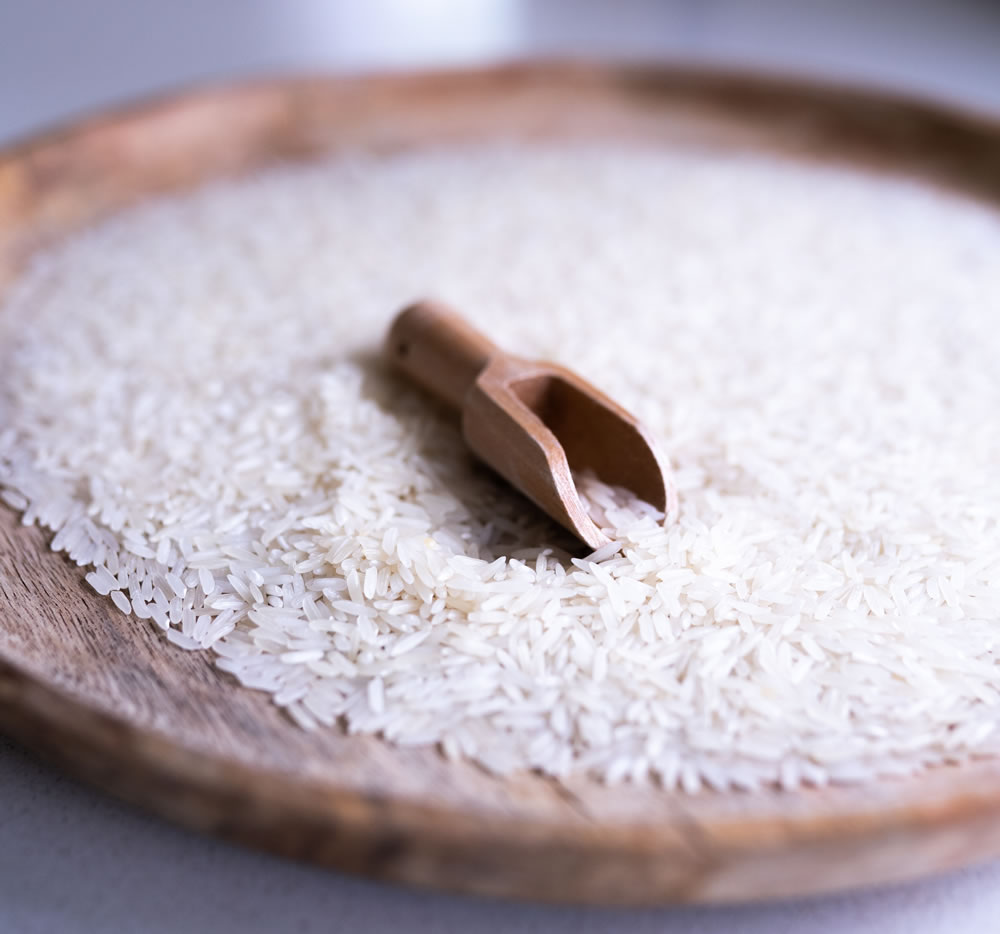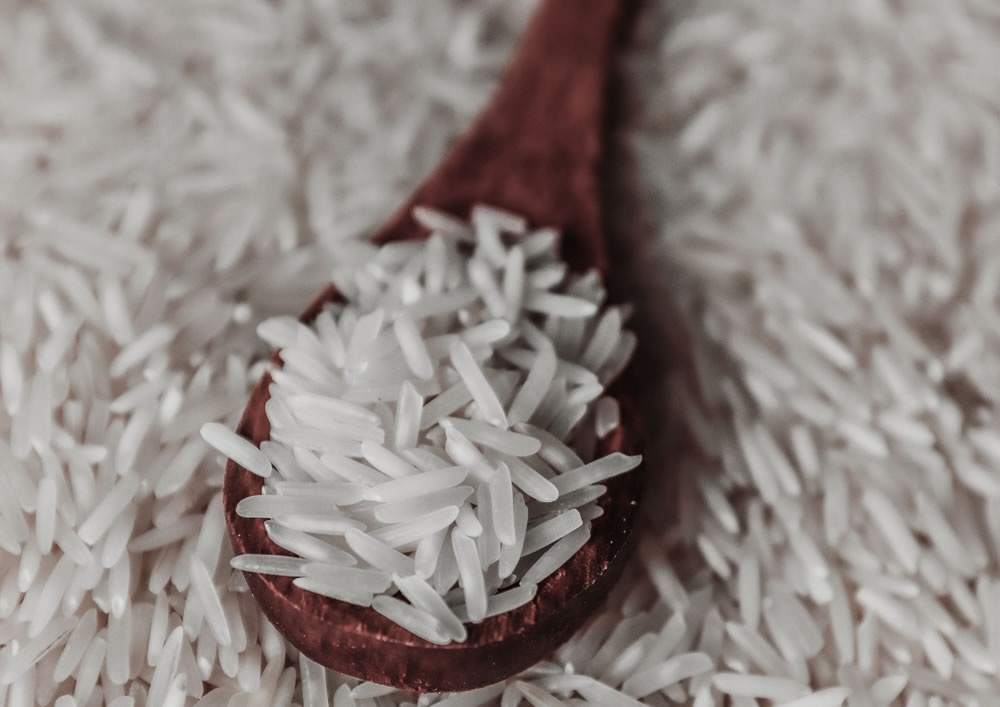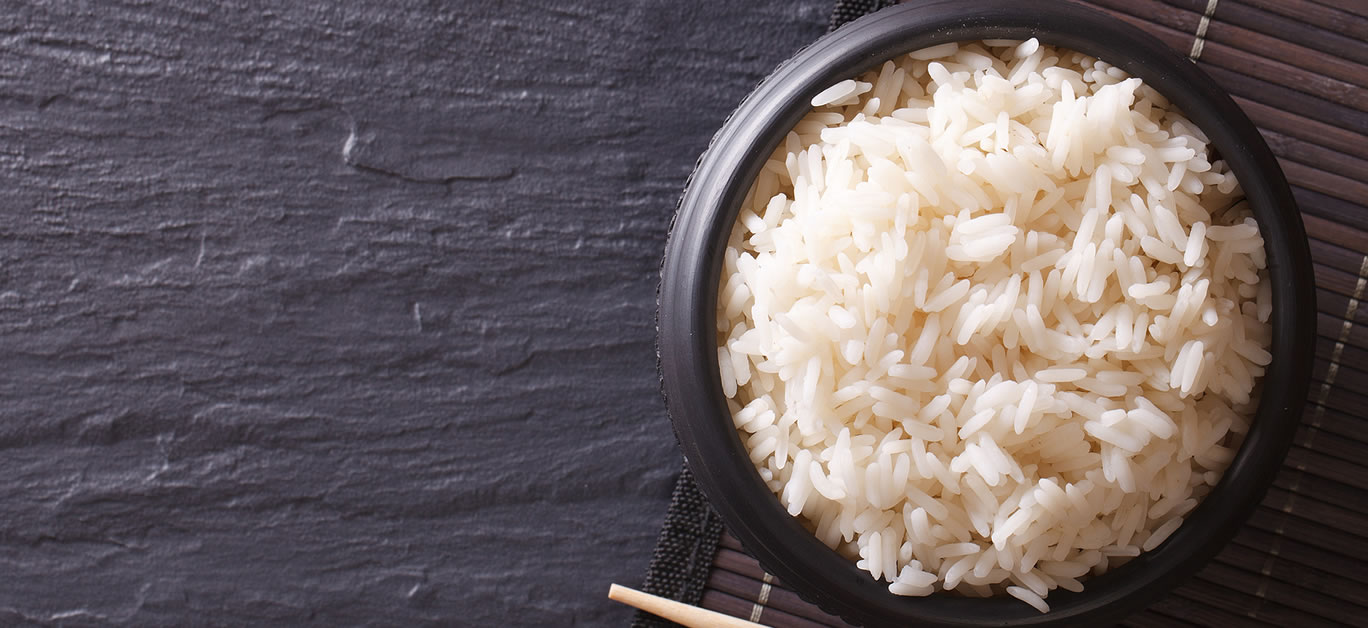Rice is a staple in many cuisines from around the world, with Indian, African and South American diets often featuring it heavily. From the gallo pinto of Costa Rica, where it is served as part of a mix of black beans, onion and cilantro as a staple accompaniment for breakfast, lunch and dinner, to the classic Spanish paella, it’s a versatile ingredient, available in numerous varieties, that lends itself well to a multitude of different recipes and is a filling food source that many people love.
In the UK, it often goes underappreciated, and while most of us have a bag of long-grain white rice in the cupboard at home, it usually gets thrown in a pan and boiled in hot water – maybe with a little salt – with little creativity or love going into the process. But cooking rice is, contrary to popular belief, quite a fine art, and requires skill and attention to get it just right.
If you’re of the school of thought that long-grain white rice is simply an accompaniment, and only a mere supporting act for tasty dishes such as rich Mexican chilli, flavourful Sri Lankan curries and the like, then you’re not alone – but chefs who are proficient in the cooking of this simple, everyday grain know that it has a lot more to offer in both taste and consistency, with the power to make or break any carefully-prepared meal.
It’s perhaps surprising that the majority of people in the UK – irrespective of their culinary prowess – have yet to get to grips with cooking this ancient grain. After all, it has been around for centuries, and remains the world’s second most popular staple crop – coming second only to maize.
But nevertheless, it’s a fact of life – and there is no time like the present to change it.
So, whether you’re looking to up-level that Christmas leftover’s curry or whip up a Boxing Day breakfast of kedgeree that is certain to impress – or perhaps you just want to give this humble grain the appreciation it truly deserves, here’s all you need to know to get the most out of it.

To wash or to soak?
For some, the pre-cook rinse of rice remains a mystery – but it’s an important step to remove excess starch prior to beginning to ensure you get the best out of it. Nevertheless, the long-grain rice sold here in the UK generally doesn’t require you to take too much time over it, as it has generally already been picked over meticulously to rid it of any remaining husks and debris prior to being packaged.
A quick rinse in a sieve is usually enough to remove what’s left, and promises a fluffier end result – but some swear by soaking rice for a longer period of time instead to soften and remove excess starch and prevent grains from sticking together in the pan. This allows the rice to cook more evenly, so if you have the ten minutes to spare and want the best possible result, then it’s worth the additional effort and patience.
The cooking process itself
Most bags of rice do come with a simple enough to follow set of instructions on them, but this, in part, has contributed to us failing to get the most out of our long grain white rice as a nation. While tipping the desired amount into a pan of water and boiling for 25 minutes undoubtedly does the job, the result leaves a lot to be desired when you’ve tasted the best rice in the world on your travels – in cultures where rice is considered a daily staple, it is cooked with an impressive level of love and care, and it’s something that reveals itself in both the taste and texture.
In the East, where you’ll likely be blown away by the difference, it is generally believed that rather than filling a pan with water to boil rice, only the minimum necessary amount to cook the desired quantity should be added. This approach takes any unpleasant sogginess out of the equation and ensures that rice retains a slight bite whilst turning out soft and fluffy without the mushiness.

To boil or to steam?
Boiling
Boiling remains one of the most popular and time efficient ways to long grain rice – but there are some insider tips to take note of.
Rather than leaving rice to boil unattended for the full 25 minutes, try this. Place your rice in a pan, then add your water – a pint is the perfect amount for 450g dry rice – and bring to the boil. Then, turn your heat source down and allow the rice to simmer gently until all the water has been absorbed.
Cover the pan with a tightly fitting lid for best results, then leave to rest before inspecting. The latter is, perhaps unsurprisingly, a step that is almost always ignored, but it’s also one that can make all the difference.
Of course, it’s important to keep an eye on your rice throughout the cooking process to ensure it doesn’t burn, so stay close by and stir every so often as needed.
Steaming
On the other hand, steaming your rice is another great method and is favoured by many notable TV chefs. Simply pop par-boiled rice into a colander and drain, then steam over the pan of boiling water until cooked. Promising even lighter and fluffier results than boiling alone, it certainly delivers on texture – but the difference, in all honesty, is negligible.
Baking
Throwing a wild card into the mix, for some, the answer is not to finish by boiling or steaming, but, instead by baking your rice in the oven. To try this method, you’ll still need to parboil the grains first – but then, butter a baking dish and pour the rice in, and cover with foil before placing in the centre of a preheated oven at 180C for 15 minutes. The result is somewhat drier, but if your oven is already heated from cooking another dish, then you might as well make the most of it and use up the energy.






















